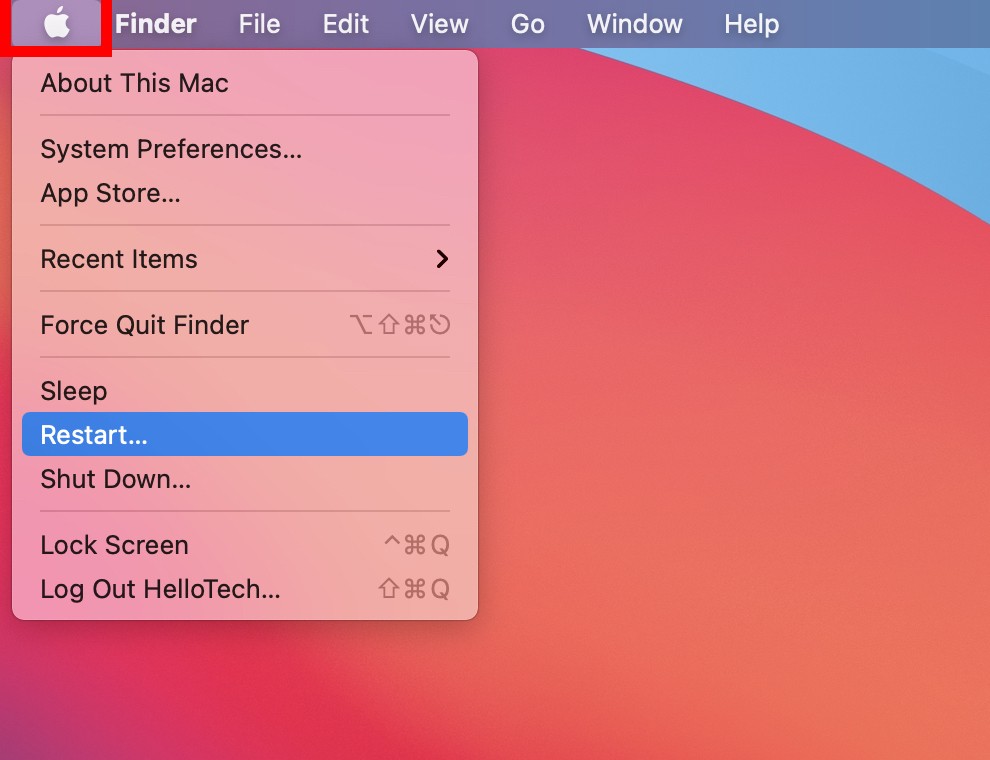
- If you have an M1 Mac then you should follow these steps to start in Recovery mode: Turn off the Mac. Press the on button - and keep it pressed. When the Apple logo appears text will appear.
- By the way, the way to enter recovery mode on an Intel-based Mac is different. Press and hold the Command + R keys when reboot your Mac. Release the keys until you see the spinning globe. When you see the macOS Utilities window, it shows that you are in recovery mode.
I tried to restart while keep pressing Command-R. However, my keyboard is not mac keyboard. There is windows-R. It works exactly like Command-R in all circumstances. Well, I keep failing to get into recovery HD. I need that because I want to repair the main disk. Error: This disk needs to be repaired using the Recovery.
Possible Fixes for El Capitan or Later Box selective sync.
You should try each, one at a time, then test to see if the problem is fixed before going on to the next. Be a transcriber.
Notre dame bookends. Be sure to backup your files before proceeding if possible.
Reboot Imac In Recovery Mode
Apple Recovery Mode
- Shutdown the computer, wait 30 seconds, restart the computer.
- Start the computer in Safe Mode, then restart normally. This is slower than a standard startup.
- Repair the disk by booting from the Recovery HD. Immediately after the chime hold down the Command and R keys until the Utility Menu appears. Choose Disk Utility and click on the Continue button. Select the indented (usually, Macintosh HD) volume entry from the side list. Click on the First Aid button in the toolbar. Wait for the Done button to appear. Quit Disk Utility and return to the Utility Menu. Restart the computer from the Apple Menu.
- Create a New User Account Open Users & Groups preferences. Click on the lock icon and enter your Admin password when prompted. On the left under Current User click on the Add [+] button under Login Options. Setup a new Admin user account. Upon completion log out of your current account then log into the new account. If your problems cease, then consider switching to the new account and transferring your files to it - Transferring files from one User Account to another.
- Download and install the or 10.12.6 Combo Update or macOS High Sierra 10.13.2 Combo Update as needed.
- Reinstall OS X by booting from the Recovery HD using the Command and R keys. When the Utility Menu appears select Reinstall OS X then click on the Continue button.
- Erase and Install OS X Restart the computer. Immediately after the chime hold down the CommandandRkeys until the Apple logo appears. When the Utility Menu appears:

- Select Disk Utility from the Utility Menu and click on Continue button.
- When Disk Utility loads select the drive (out-dented entry) from the Device list.
- Click on the Erase icon in Disk Utility's toolbar. A panel will drop down.
- Set the Format type to Mac OS Extended (Journaled.)
- Click on the Apply button, then wait for the Done button to activate and click on it.
- Quit Disk Utility and return to the Utility Menu.
- Select Reinstall OS X and click on the Continue button.


- If you have an M1 Mac then you should follow these steps to start in Recovery mode: Turn off the Mac. Press the on button - and keep it pressed. When the Apple logo appears text will appear.
- By the way, the way to enter recovery mode on an Intel-based Mac is different. Press and hold the Command + R keys when reboot your Mac. Release the keys until you see the spinning globe. When you see the macOS Utilities window, it shows that you are in recovery mode.
I tried to restart while keep pressing Command-R. However, my keyboard is not mac keyboard. There is windows-R. It works exactly like Command-R in all circumstances. Well, I keep failing to get into recovery HD. I need that because I want to repair the main disk. Error: This disk needs to be repaired using the Recovery.
Possible Fixes for El Capitan or Later Box selective sync.
You should try each, one at a time, then test to see if the problem is fixed before going on to the next. Be a transcriber.
Notre dame bookends. Be sure to backup your files before proceeding if possible.
Reboot Imac In Recovery Mode
Apple Recovery Mode
- Shutdown the computer, wait 30 seconds, restart the computer.
- Start the computer in Safe Mode, then restart normally. This is slower than a standard startup.
- Repair the disk by booting from the Recovery HD. Immediately after the chime hold down the Command and R keys until the Utility Menu appears. Choose Disk Utility and click on the Continue button. Select the indented (usually, Macintosh HD) volume entry from the side list. Click on the First Aid button in the toolbar. Wait for the Done button to appear. Quit Disk Utility and return to the Utility Menu. Restart the computer from the Apple Menu.
- Create a New User Account Open Users & Groups preferences. Click on the lock icon and enter your Admin password when prompted. On the left under Current User click on the Add [+] button under Login Options. Setup a new Admin user account. Upon completion log out of your current account then log into the new account. If your problems cease, then consider switching to the new account and transferring your files to it - Transferring files from one User Account to another.
- Download and install the or 10.12.6 Combo Update or macOS High Sierra 10.13.2 Combo Update as needed.
- Reinstall OS X by booting from the Recovery HD using the Command and R keys. When the Utility Menu appears select Reinstall OS X then click on the Continue button.
- Erase and Install OS X Restart the computer. Immediately after the chime hold down the CommandandRkeys until the Apple logo appears. When the Utility Menu appears:
- Select Disk Utility from the Utility Menu and click on Continue button.
- When Disk Utility loads select the drive (out-dented entry) from the Device list.
- Click on the Erase icon in Disk Utility's toolbar. A panel will drop down.
- Set the Format type to Mac OS Extended (Journaled.)
- Click on the Apply button, then wait for the Done button to activate and click on it.
- Quit Disk Utility and return to the Utility Menu.
- Select Reinstall OS X and click on the Continue button.
Jan 6, 2018 11:25 AM

